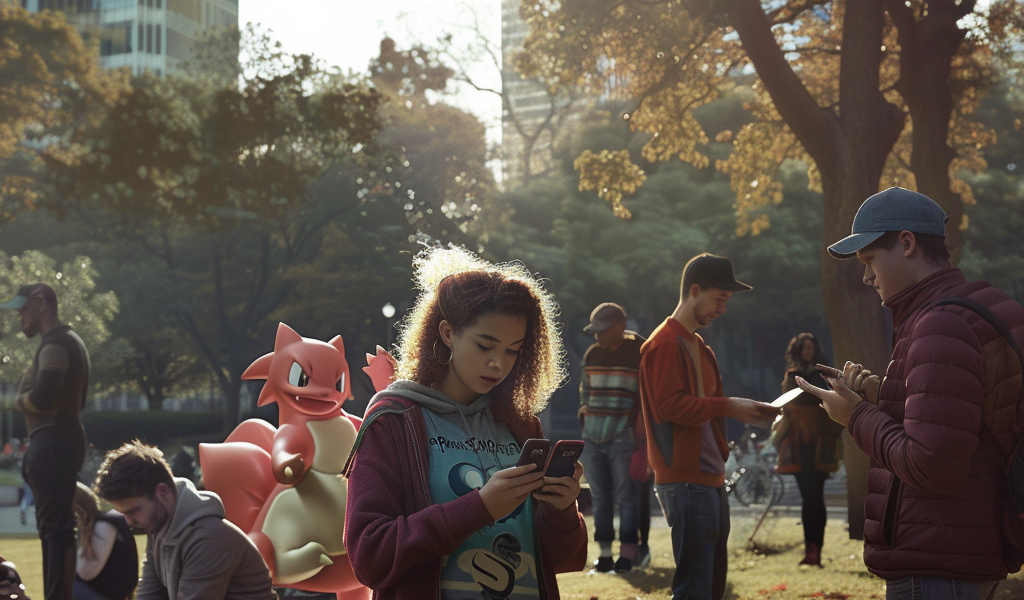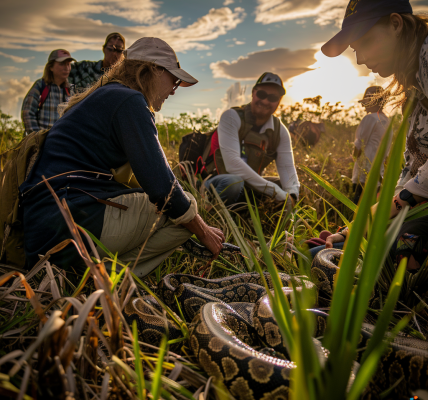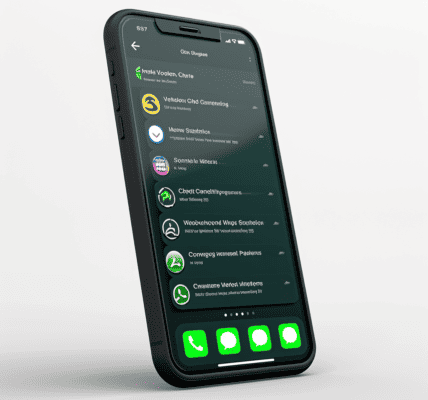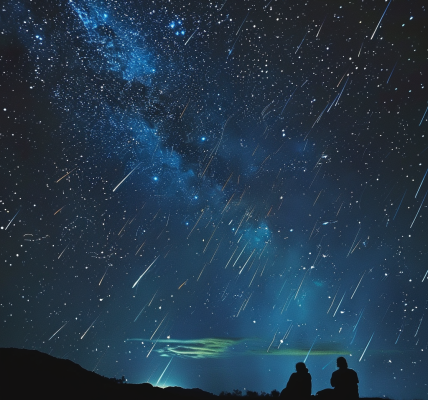Niantic’s Pokémon Go continues to evolve, but recent decisions regarding the game’s new Gigantamax feature have left many players feeling frustrated and disconnected from the developers. As the game gears up for the introduction of six-star Max Raids on October 26, the recommended group size of 10 to 40 Trainers has raised eyebrows among the community.
Since its launch in 2016, Pokémon Go has maintained a dedicated player base, but the latest update seems to challenge the very essence of cooperative gameplay that many fans cherish. The introduction of Gigantamax Pokémon—such as Charizard, Venusaur, and Blastoise—promises exciting battles, but the logistics of gathering such a large group for a raid could prove daunting.
For players accustomed to remote raids, the requirement for in-person collaboration may feel like a step backward. With many Trainers boasting a roster of over 100 in-game friends, even coordinating a smaller group of four to six players for Mega Raids has become a challenge, particularly for those living in less populated areas.
The difficulty of accessing Max Battles remotely adds another layer of complexity. Players must now rely on local communities to engage in these high-stakes battles, which could potentially alienate those who prefer or need to play solo or in smaller groups. This decision echoes Niantic’s previous controversial changes to Remote Raids in 2023, which aimed to encourage outdoor play but may have inadvertently alienated segments of the player base.
While Niantic’s desire to recapture the initial excitement of Pokémon Go’s launch is understandable, the reality of modern gaming dynamics poses significant challenges. The early days of Pokémon Go saw players flocking outdoors in droves, creating a vibrant community experience. However, as the seasons change and winter approaches, the feasibility of gathering large groups in person diminishes, especially in regions where daylight hours are limited.
Niantic’s push for outdoor play has led to the introduction of features like Routes and Party Play, designed to foster community interaction. Additionally, the Campfire app aims to connect players, encouraging them to meet and collaborate within the game. However, the practicality of these initiatives remains to be seen, particularly in light of the new Gigantamax feature.
As the Pokémon Go community awaits the rollout of Gigantamax battles, many are left wondering if this feature will be a hit or a miss. The potential for rare Pokémon is enticing, but the barriers to entry may deter casual players from fully engaging with the new content. In a game that thrives on community and collaboration, the disconnect between developer intentions and player experiences could lead to further frustration.
Ultimately, the success of the Gigantamax feature will depend on how well Niantic can balance its vision of encouraging outdoor play with the practical realities of its player base. As Trainers prepare for the upcoming Max Raids, the hope is that Niantic will find a way to bridge the gap between their aspirations and the needs of the community.





